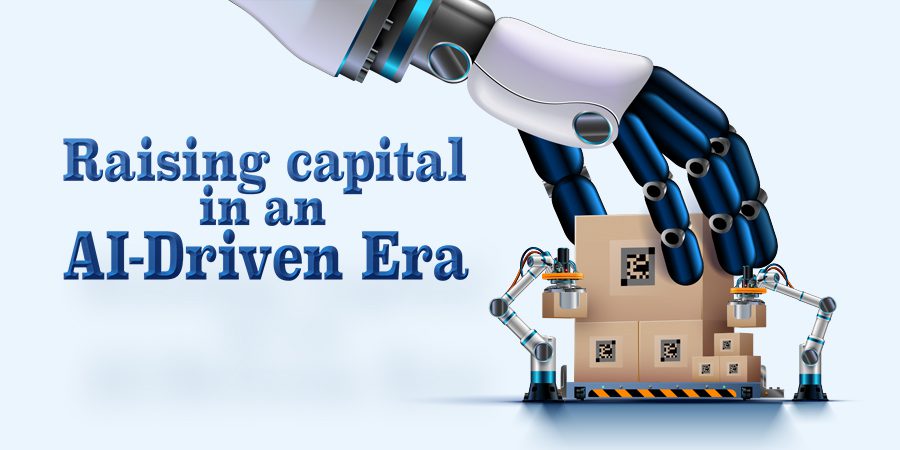AIis transforming business models across every sector, and transmission services in the U.S. are no exception. Legacy systems are being disrupted, forcing operators to rethink how they compete, scale, and deliver value. In this environment, capital is no longer just a resource; it’s a strategic lever.
For executives navigating this shift, the difference between stagnation and breakthrough lies in how they capitalize on change. Growth in this new era can be pursued through three primary frameworks: organic expansion, inorganic acquisition, and operational improvement. Each requires capital, and each demands a tailored strategy.
Organic growth begins with a clear understanding of your market position. You must assess the competitive landscape, identify your target customer segments, and determine what it will take to win business. This often involves launching targeted marketing campaigns and recruiting talent capable of delivering differentiated services. Capital raised for organic growth fuels brand positioning, customer acquisition, and internal capability building. It’s about earning market share through innovation and execution.
Inorganic growth follows a similar diagnostic path but applies a different strategy. Instead of competing directly, operators identify acquisition targets, either struggling competitors or high-performing niche players, and evaluate their strategic value. The goal is to expand into new markets, integrate operations for efficiency, and acquire innovation assets before they become competitive threats. This approach accelerates scale, neutralizes risk, and future-proofs the acquirer’s business model. Capital enables deal execution, integration, and post-acquisition optimization.
Operational improvement requires introspection. It begins with identifying inefficiencies and bottlenecks across workflows. Organizations must assess whether they are keeping pace with innovation and optimizing output. Capital raised for operational upgrades supports technology modernization, infrastructure investment, and divestiture of underperforming assets. The result is improved margins, scalable systems, and a more agile enterprise.
Structuring the capital raise is as critical as the growth strategy itself. Strategic partnerships can preserve cash flow while offering market access. Debt financing allows for growth without equity dilution. Equity raises may be appropriate when speed and scale outweigh ownership concerns. Each path must be aligned with your company’s goals, risk tolerance, and long-term vision.
In a time of rapid technological change, capital is the bridge between strategy and execution. Whether you’re investing in AI infrastructure, acquiring complementary capabilities, or streamlining operations, raising capital is not optional; it’s foundational. If you’re exploring ways to fund your growth objectives, I welcome a conversation to discuss tailored approaches that position your enterprise to thrive in this new era of possibility.
About the Author
Edward Vela is an M&A Advisor and independent Financial Planner, also helping clients with raising capital. Edward has 15 years of wealth management experience but is not in the securities business. He writes this column for educational purposes.
Edward earned a Journalism Certification from the University of Massachusetts, a BA in Political Science, a Financial Planning Certification at UCLA, and an MBA from the UCLA Anderson School of Management specializing in entrepreneurship and finance. You can contact Edward at 925-300-8805 or the empiriKalpartners team at empiriKalpartners.com.














